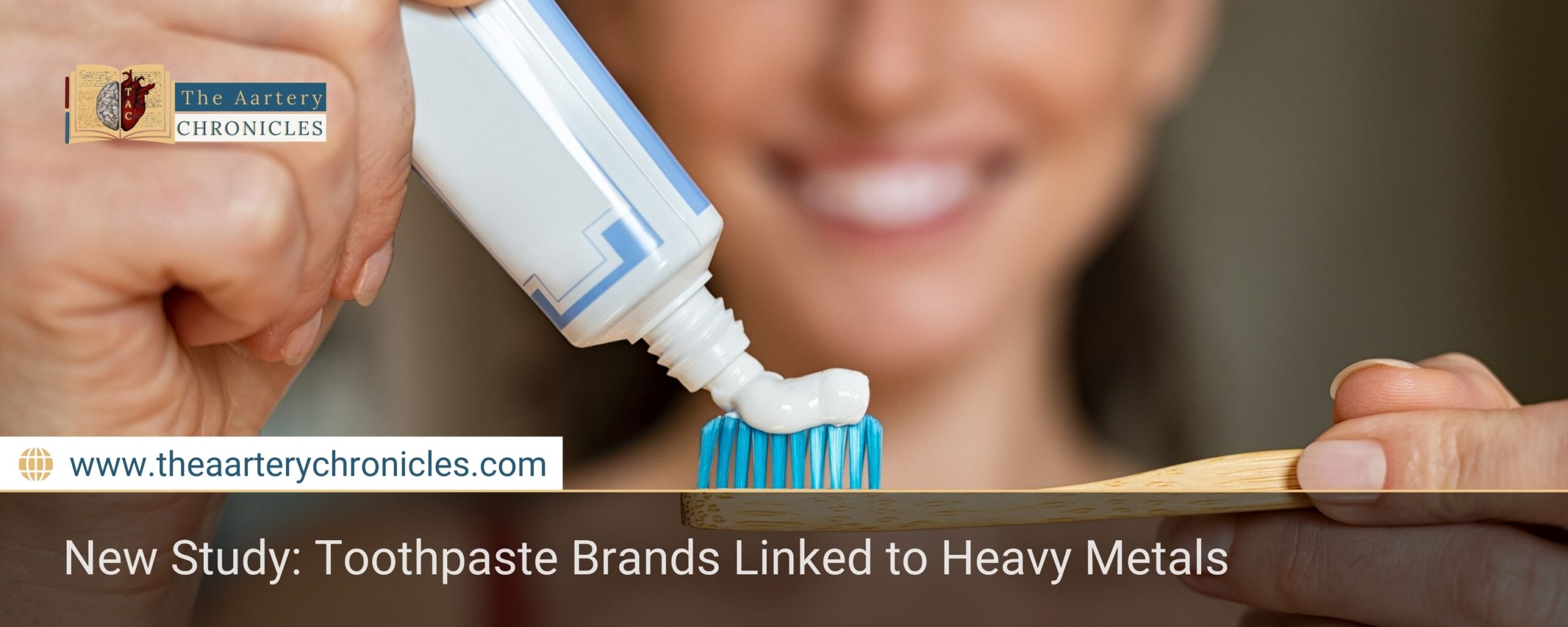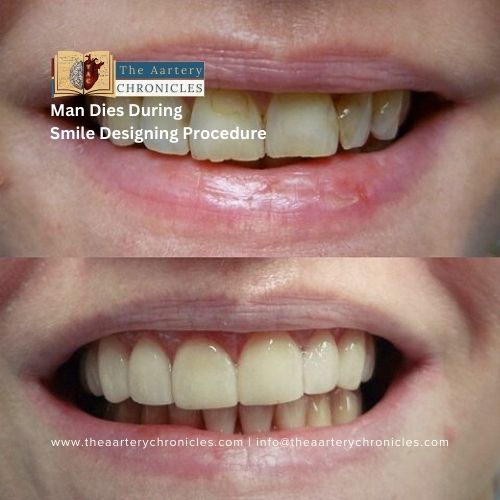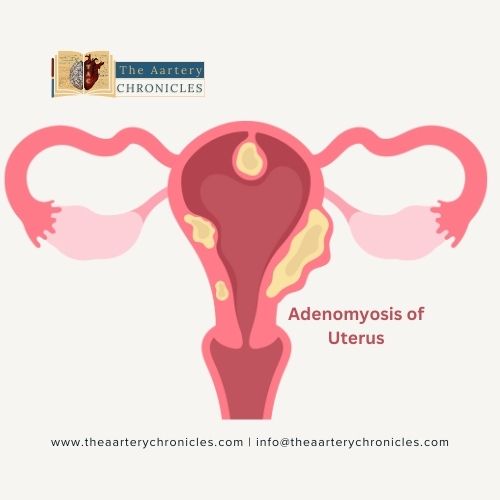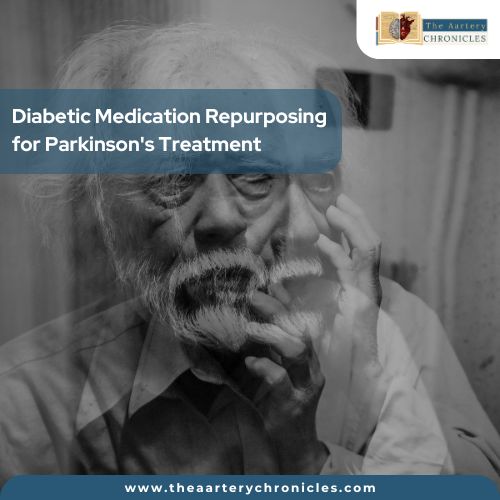

New Study: Toothpaste Brands Linked to Heavy Metals
Brushing your teeth is essential for good hygiene but new research shows it might be exposing you to harmful heavy metals. A recent investigation has uncovered the presence of toxic metals like lead, mercury, arsenic, and cadmium in many well-known toothpaste brands, raising serious concerns about their impact on public health.
What the Investigation Found
A report commissioned by Lead Safe Mama a consumer advocacy group revealed that over 90% of 51 popular toothpaste samples tested contained lead. Nearly 65% of the samples had arsenic, about half had mercury, and one-third contained cadmium. These heavy metals are harmful even at low levels and are known to cause long-term damage to multiple organs.
The testing was carried out at an independent lab following a crowdfunding campaign led by Tamara Rubin, the founder of Lead Safe Mama. The goal was to understand if common household products like toothpaste were contributing to heavy metal exposure.
Brands Involved and Industry Response
Brands that tested positive for heavy metals included popular names such as Crest, Sensodyne, Tom’s of Maine, Dr. Bronner’s, Davids, and Dr. Jen. Despite the findings, Rubin said most of the companies did not respond with action plans to remove these contaminants. Instead, a few sent legal notices asking her to stop publishing the results.
Some companies argued that trace levels of lead and other metals are naturally occurring and cannot be entirely avoided. However, health experts argue that no level of lead is truly safe, especially for children.
No Clear Federal Limits for Toothpaste
While certain states like Washington have introduced stricter limits for heavy metals in consumer products capping lead at 1,000 parts per billion (ppb) there are no specific federal limits for toothpaste. The U.S. Food and Drug Administration (FDA) allows up to 10,000 ppb of lead in fluoride-free toothpaste and 20,000 ppb in fluoride-containing versions. None of the tested brands exceeded these federal thresholds, but many did go beyond the new Washington State limit.
There’s also no national guideline like the Baby Food Safety Act of 2024, which limits lead to 10 ppb in baby food. Public health advocates believe this regulatory gap puts consumers at risk.
Why Are These Metals Present?
Some toothpaste ingredients could be contributing to the contamination. Substances such as hydroxyapatite (derived from animal bones), calcium carbonate (used for whitening), and bentonite clay (a natural cleanser) may introduce trace heavy metals into the product.
Although these ingredients are often marketed as natural or beneficial, they may come with unintended health risks. One children’s product, Dr. Brown’s Baby Toothpaste, was among the few that showed no detectable metals.
Health Risks of Heavy Metal Exposure
Heavy metals, when ingested over time, can accumulate in the body and interfere with normal cellular function. Here’s how some of them can affect your health:
- Lead: Causes brain damage, especially in children; also affects kidney function and blood pressure.
- Mercury: Damages the nervous system and can impair cognitive development.
- Cadmium: Affects kidneys and bones; known to be carcinogenic.
- Arsenic: Linked to skin disorders, organ damage, and cancer.
Common Symptoms of Heavy Metal Poisoning
- Nausea, vomiting, and diarrhea
- Abdominal pain and fatigue
- Tingling or numbness in hands and feet
- Memory problems or brain fog
- Anemia and irregular heartbeat
- Breathing issues and liver or kidney damage
- In severe cases: miscarriage, brain injury, or even death
What You Can Do
While it’s difficult to eliminate all exposure to heavy metals, you can take precautions by:
- Reading labels and avoiding products with unregulated ingredients
- Choosing toothpaste brands that are transparent about their sourcing and testing
- Consulting a healthcare professional if you suspect heavy metal exposure, especially in children
Conclusion
This latest report serves as a reminder that not all personal care products are as safe as they seem. With heavy metals posing a silent threat, especially to children, stricter regulations and better transparency from manufacturers are urgently needed. Until then, informed consumer choices are your best defense.
.
Source: Inputs from various media Sources

Priya Bairagi
Reviewed by Dr Aarti Nehra (MBBS, MMST)
I’m a pharmacist with a strong background in health sciences. I hold a BSc from Delhi University and a pharmacy degree from PDM University. I write articles and daily health news while interviewing doctors to bring you the latest insights. In my free time, you’ll find me at the gym or lost in a sci-fi novel.








